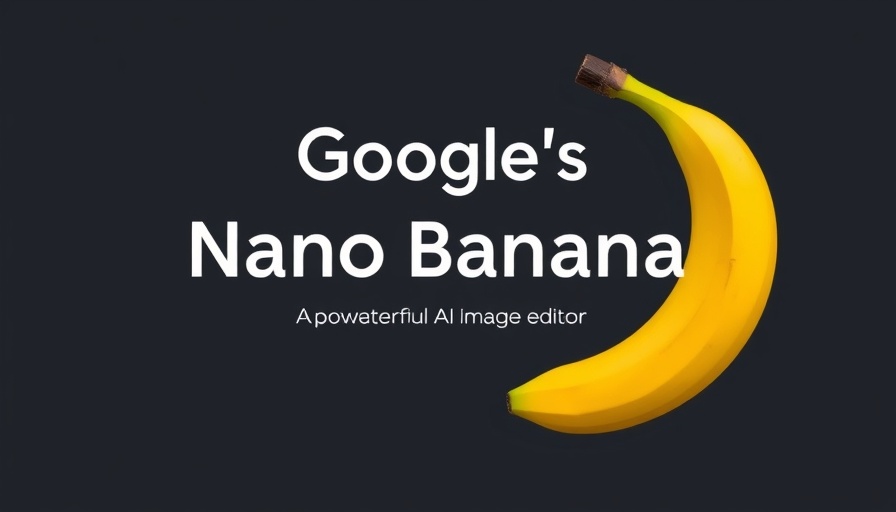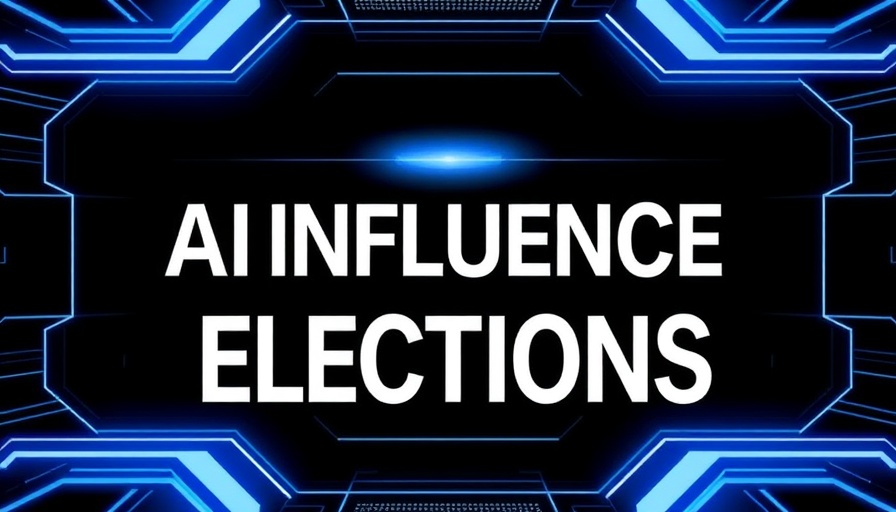
Understanding the Journey of AI Adoption
The world of artificial intelligence (AI) is expansive, yet we are at a nascent stage in comprehensively harnessing its potential. Learning from historical analogies, particularly from how technologies like electricity were initially deployed, sheds light on the current transformative journey of AI.
Lessons from the Past: Electricity and AI
When factories first adopted electricity, they did so by merely replicating existing steam-powered systems without fully embracing the modular benefits of electric power. Similarly, our initial interactions with AI reflect this pattern of trial and error. The introduction of AI tools invites a learning curve, where industries still grapple with optimizing these advancements beyond mere automation to enhance creativity and efficiency.
The 4 Stages of Technological Integration
The integration of any revolutionary technology involves four critical phases: invention, diffusion of knowledge, product development, and adaptation. This cycle can appear daunting; however, it offers a roadmap for stakeholders in various sectors. As James Bessen suggests, this is a process of 'learning by doing.' And as we navigate through these stages, the need for collaborative experimentation becomes paramount. Organizations must foster environments that allow for innovation and learning from failures, akin to the cultures that developed around early internet tools.
Why We Must Embrace Change
Recognizing the unique characteristics and strengths of AI is crucial for businesses and communities. As we learn to adapt and grow alongside this technology, we will unlock its true potential, which can lead to transformative impacts on productivity and innovation across industries. Each failure serves as a step toward progress—a notion deeply rooted in the lessons of our technological history.
A Call for Forward-Thinking Approaches
Therefore, as we are only at the beginning of understanding AI, it is essential for policymakers, businesses, and individuals to remain open to reinvention. By embracing this mindset of continual learning and adaptation, we pave the way for a future where AI can be more than just a tool—it becomes a catalyst for unprecedented innovation.
 Add Row
Add Row  Add Element
Add Element 



Write A Comment